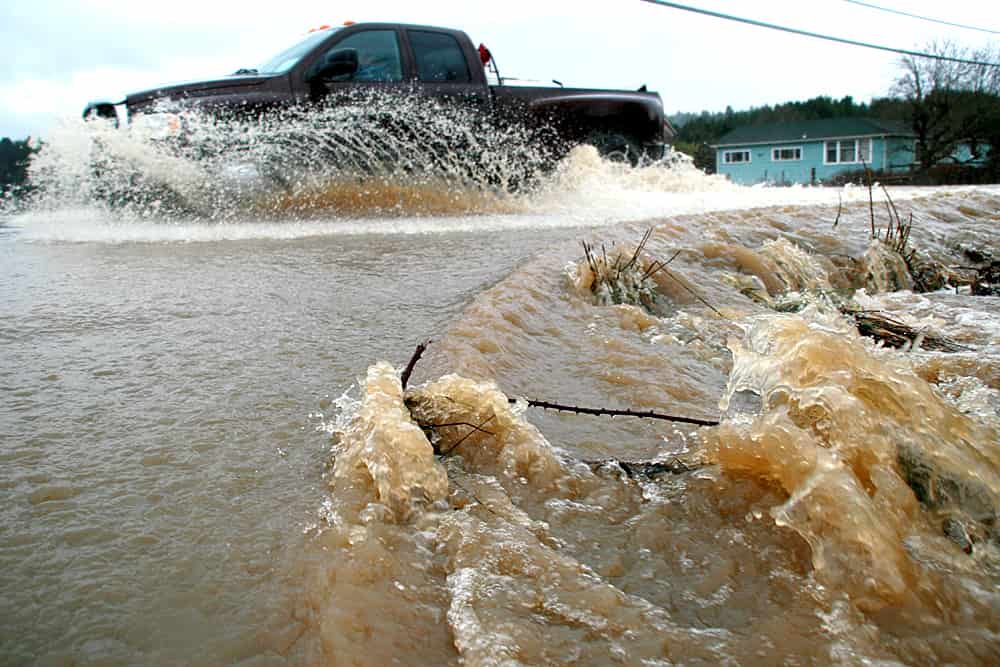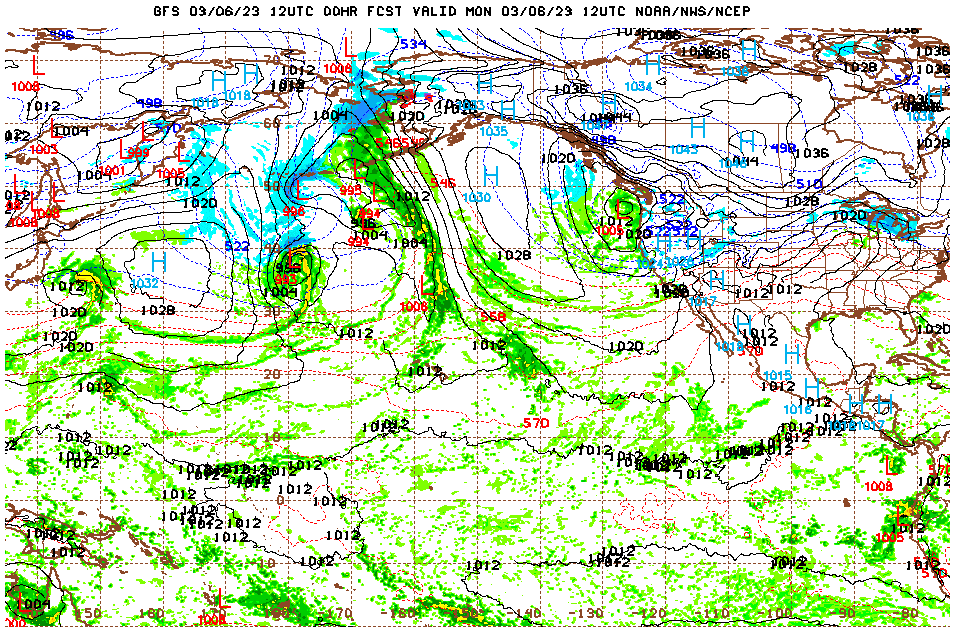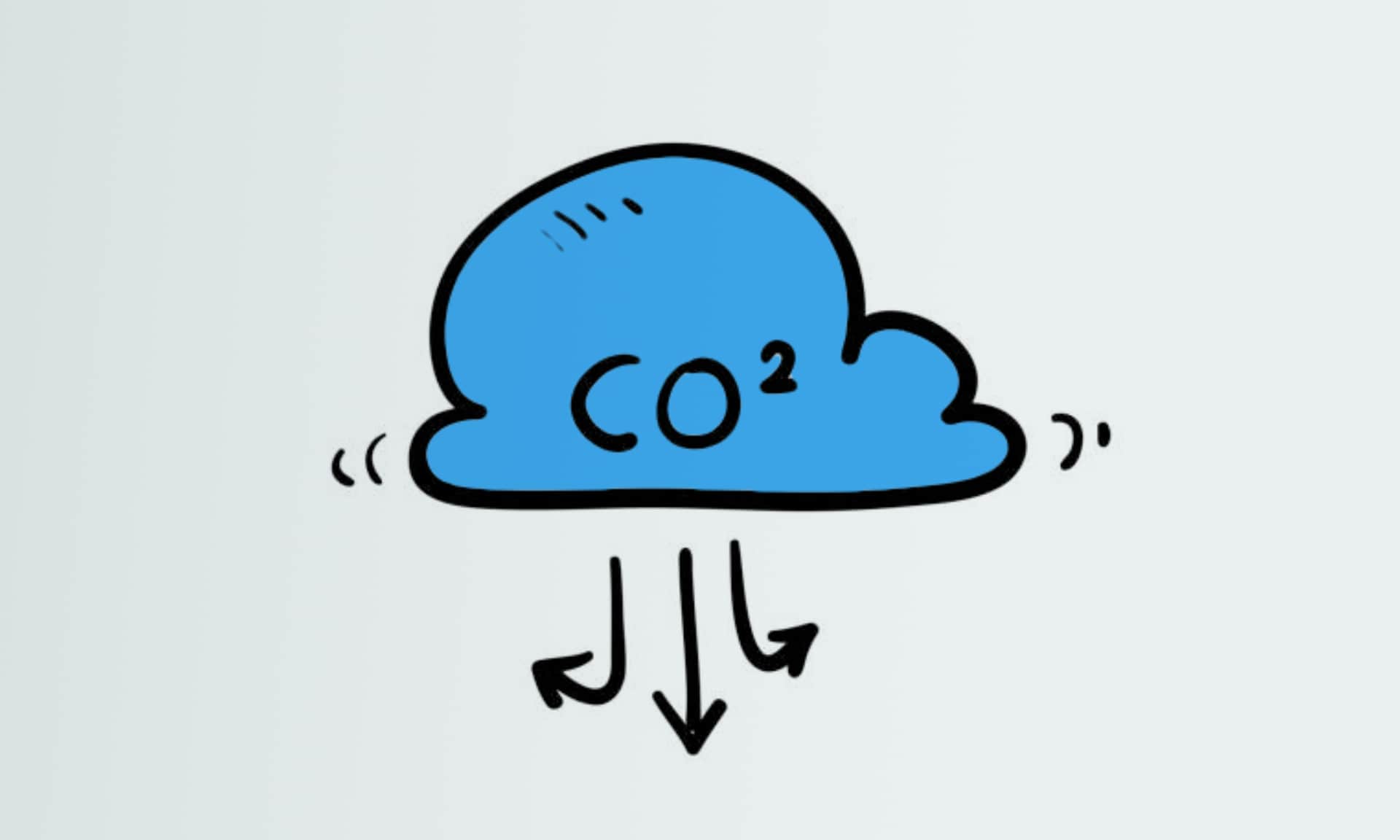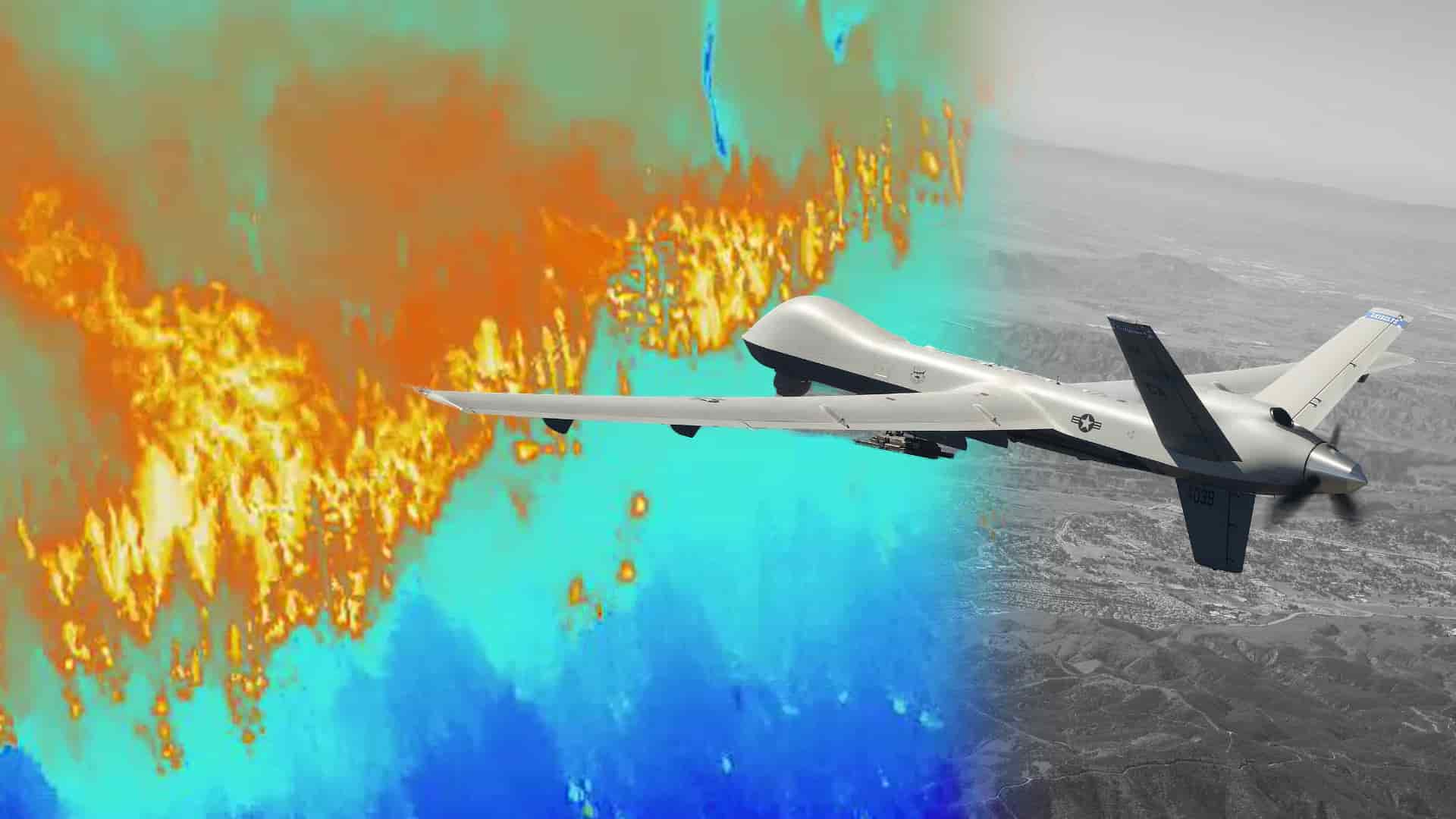Atmospheric rivers are long, narrow corridors in the sky that transport vast amounts of water vapour—often described as “rivers in the sky.” Though invisible to the naked eye, they are amongst the most powerful forces in the global water cycle, carrying enormous quantities of moisture from the humid tropics toward the cooler, drier latitudes.
While some atmospheric rivers pass quietly, delivering much-needed rain, others unleash torrents of precipitation that can trigger floods, landslides and widespread disruption.
Forming over warm ocean regions such as the tropical Pacific or Indian Ocean, these moisture-laden streams are driven by strong winds in the lower atmosphere. As they make their way toward land, the vapour they carry condenses when it encounters mountain ranges or cooler air, falling as rain or snow, sometimes in extreme amounts. Some atmospheric rivers can stretch thousands of kilometers in length and span hundreds of kilometers in width.
The scale of these systems is staggering. A single strong atmospheric river can carry as much water vapour as the Amazon River discharges into the Atlantic Ocean, though in gaseous form high above Earth’s surface.
At their best, atmospheric rivers act as lifelines for arid regions, replenishing reservoirs, recharging groundwater and sustaining ecosystems that depend on seasonal moisture. But when particularly intense or slow-moving, they can devastate communities through flooding and landslides, especially where they make landfall.
To better describe and predict their impacts, scientists have developed a five-point Atmospheric River Scale, ranging from AR1 (mostly beneficial) to AR5 (exceptionally strong and primarily hazardous). Accurate forecasting is critical: advances in satellite monitoring and numerical weather models now allow meteorologists to identify atmospheric rivers several days in advance—valuable time for communities to prepare and mitigate damage.

One of the best-known examples is the Pineapple Express, an atmospheric river that channels warm, moisture-rich air from near Hawaii toward the US West Coast. It has been responsible for some of California’s heaviest rainstorms and most destructive floods in recent decades.
Climate change and intensifying rivers
Scientists are increasingly focused on how climate change is altering these systems. A warmer atmosphere can hold roughly 7% more water vapour for every degree Celsius of warming. This means that as global temperatures rise, atmospheric rivers can carry more moisture, leading to heavier precipitation when they strike land.
Climate models also indicate that atmospheric rivers are shifting poleward, bringing extreme rainfall to higher latitudes such as the US Pacific Northwest, Northern Europe and even parts of the Arctic. On the US West Coast, just a handful of these events have accounted for a significant portion of major floods over the past half-century.
Beyond flooding, atmospheric rivers can trigger powerful melt events when warm, moist air moves over snow- and ice-covered regions. This process can accelerate the release of greenhouse gases such as carbon dioxide and methane from thawing permafrost, intensifying global warming in a self-reinforcing loop.
As reflective ice and snow diminish, the Earth absorbs more solar heat, further amplifying warming and altering atmospheric circulation.
Global implications
The impacts of atmospheric rivers are not uniform. Some regions—such as Greenland and the North Indian Ocean—are projected to experience more frequent and intense events, while others may see shifts in timing and duration. These changes will influence storm tracks, water management, agriculture and infrastructure planning in profound ways.
In a high-emission future, models suggest that atmospheric rivers could become more frequent, longer-lasting and up to 2.5 times wetter than those of the past.
Understanding their behavior is therefore essential not only for forecasting the weather, but also for anticipating how water—and risk—will move through a changing climate.








